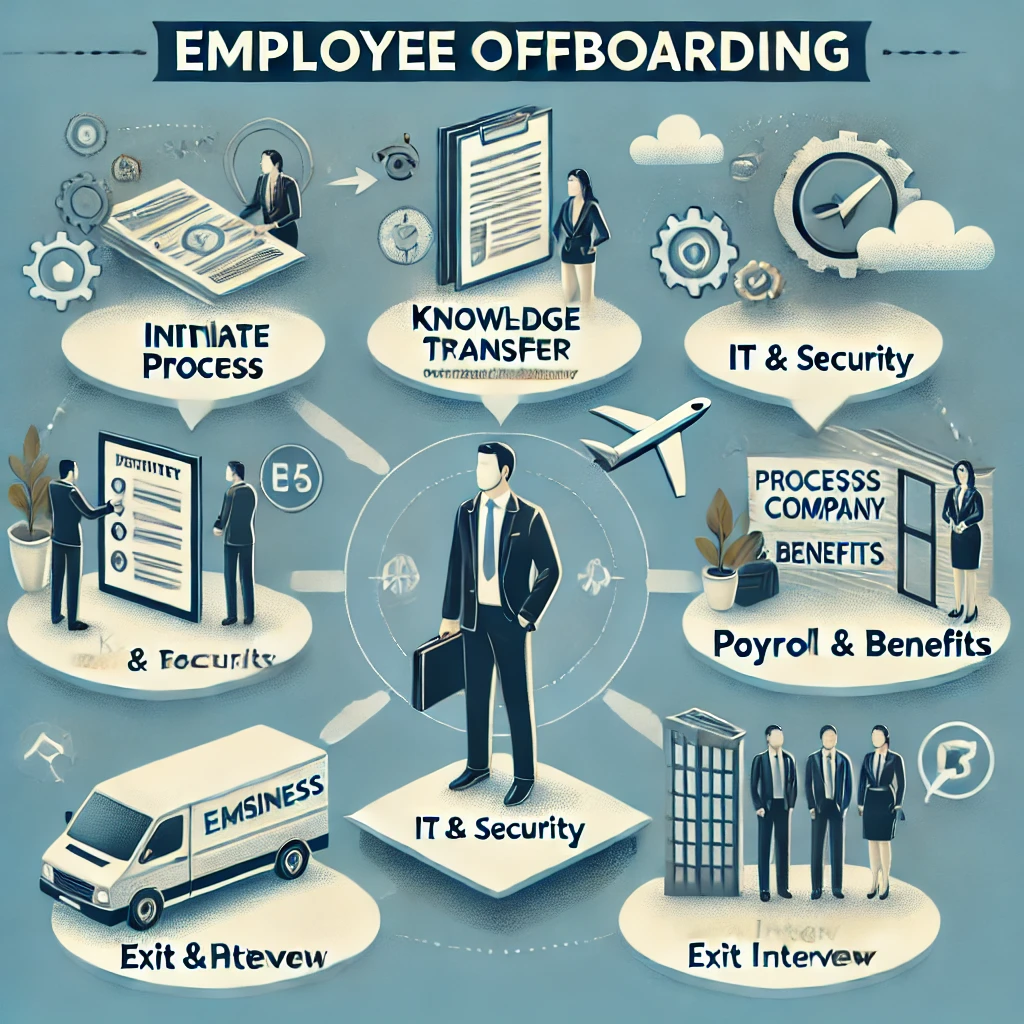This post is also available in:
Bahasa Malaysia
A well-planned onboarding process ensures that new employees integrate smoothly into the company, understand their roles, and feel engaged from day one.
This guide outlines key steps to follow for an effective onboarding experience.

Phase 1: Pre-Onboarding (Before the First Day)
- Send a Welcome Email
Include a warm welcome message.
Share the start date, reporting time, location (or remote setup instructions).
Provide an overview of what to expect on the first day. - Prepare Necessary Documents
Send contracts, tax forms, company policies, and benefits details.
Use an HR system to collect digital signatures for efficiency. - Set Up Workstation & IT Access
Arrange a laptop, email account, software access, and necessary tools.
Grant access to company portals, HR systems, and project management tools. - Assign a Mentor or Buddy
Pair the new hire with an experienced colleague for guidance.
Encourage informal introductions before the first day.
Phase 2: First Day Onboarding
- Welcome and Introduction
Greet the new employee warmly.
Provide an office tour or virtual tour for remote employees.
Introduce key team members and leadership. - Explain Company Culture & Values
Discuss company mission, vision, and workplace culture.
Share any internal communication tools (e.g., Slack, Teams, WhatsApp). - Review Job Responsibilities & Expectations
Go through the job description in detail.
Clarify performance expectations and short-term goals. - Provide Access to Training Materials
Share training resources, handbooks, or e-learning modules.
Assign initial tasks or shadowing opportunities.
Phase 3: First Week Integration
- Schedule Check-ins with Manager
Set up regular meetings to address any concerns.
Provide constructive feedback and answer questions. - Encourage Team Collaboration
Organize a team lunch or virtual coffee session for bonding.
Assign a small project to help the employee settle into their role.
Phase 4: First Month Follow-up
- Gather Feedback
Ask for feedback on the onboarding experience.
Identify any challenges the employee is facing. - Evaluate Performance & Set Long-term Goals
Review progress on initial tasks.
Define personal development and career growth plans. - Confirm Job Satisfaction & Engagement
Conduct a 30-day onboarding survey.
Address any concerns to improve retention and engagement.
Phase 5: Continuous Support & Growth
- Encourage Ongoing Learning
Provide opportunities for further training and development.
Offer mentorship programs and professional growth paths. - Recognize & Appreciate Contributions
Celebrate milestones and achievements.
Reinforce a culture of recognition and appreciation.
Conclusion
A strong onboarding process ensures that new employees feel welcome, informed, and prepared for success.
By following these steps, businesses can improve retention, engagement, and overall productivity.

Challenges in Employee Onboarding and How to Overcome Them
A well-structured onboarding process helps businesses integrate new employees smoothly, improving retention, productivity, and engagement.
By addressing common challenges proactively, companies can create a positive experience that sets employees up for long-term success.

Employee Offboarding Checklist
A structured offboarding process ensures compliance, protects company data, and helps departing employees transition smoothly.
Following this checklist helps businesses protect sensitive information, ensure compliance, and create a smooth transition for both the departing employee and the remaining team.